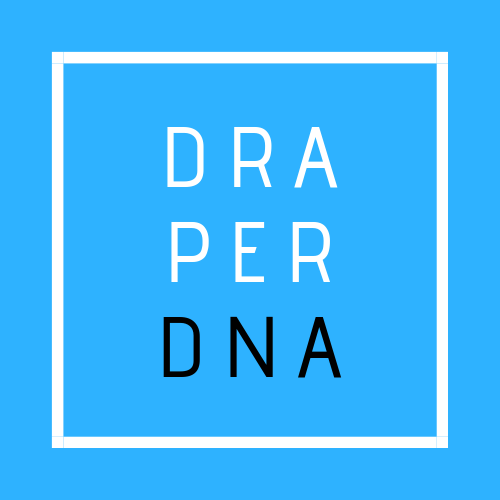Spec-to-Site Framework™: Ensuring What’s Specified Actually Gets Installed
November 17, 2025
In the world of building products, getting into the specification is often treated as a win. But manufacturers know the hard truth: what gets specified doesn’t always get installed.
Substitution, stocking gaps, contractor preferences, or homeowner overrides can derail even the strongest specifications. The result? Lost revenue, diluted brand equity, and frustrated channel partners.
That’s why Draper DNA created the Spec-to-Site Framework™ — a proprietary roadmap designed to protect specifications from the drawing board to the jobsite.
The Problem: Specification Leakage
Industry studies show that specification substitution remains a costly issue for manufacturers. Architects may carefully select a high-performance product, only for contractors to swap it for a cheaper or more familiar option. Dealers may not stock the specified brand, or homeowners may veto it at the last minute.
The ripple effect is significant: manufacturers lose market share, distributors and dealers miss opportunities, and end-users may receive a product that underperforms against their expectations.
The Spec-to-Site Framework™ Roadmap
The Spec-to-Site Framework™ is Draper DNA’s proprietary process to ensure that what gets designed in, gets built in. The roadmap follows four phases:
1. Specification Capture
-
Tools: BIM/Revit models, CAD details, CEU courses, product catalogs.
-
Goal: Make it easy for architects and designers to include your product in their plans.
2. Channel Alignment
-
Tools: Distributor stocking agreements, dealer playbooks, co-branded kits.
-
Goal: Ensure the channel is stocked, supported, and incentivized to honor the spec.
3. Contractor Conversion
-
Tools: Training programs, loyalty rewards, jobsite-ready sales aids.
-
Goal: Equip installers with the motivation and confidence to use the specified product.
4. Homeowner Validation
-
Tools: Storytelling campaigns, visual configurators, lifestyle-focused messaging.
-
Goal: Give homeowners reasons to stick with the original specification.
The Diagnostic Lenses
Like Draper DNA’s DNA Channel Map™, the Spec-to-Site Framework™ applies five diagnostic lenses at every stage:
-
Awareness – Do stakeholders know the product is specified?
-
Value Communication – Is the “why” clear to every channel partner?
-
Tools – Are the right resources available to sell, stock, and install it?
-
Motivation – Do stakeholders benefit from honoring the spec?
-
Trust – Do they trust the brand to deliver as promised?
Why This Matters Now
With today’s housing pressures, sustainability demands, and shifting homeowner expectations, protecting specifications is more critical than ever. Winning the spec is step one. Winning the install is where revenue is secured.
Manufacturers can no longer afford leakage in their pipelines. The Spec-to-Site Framework™ closes that gap — ensuring specifications translate into installations, revenue, and loyalty.
The Draper DNA Difference
Where most agencies stop at awareness, Draper DNA pushes all the way through to adoption. Our Spec-to-Site Framework™ protects specifications and ensures your products don’t just get designed in — they get delivered, installed, and trusted.
Contact Draper DNA to learn how we can help your products move from spec to site.





